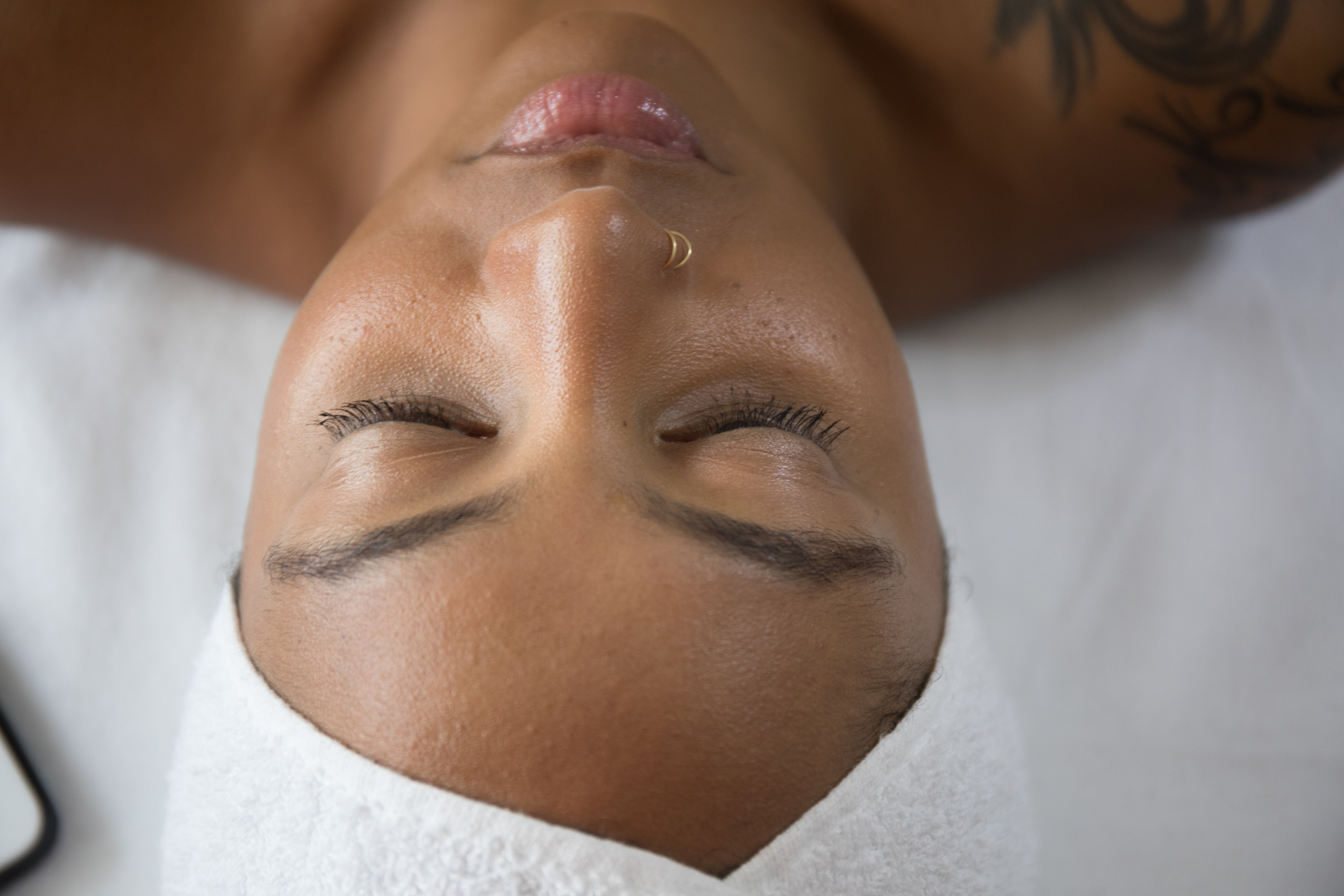How To Understand Symptoms of Skin Disorders
- travelingaura

- Jun 20, 2020
- 2 min read

Skin conditions have a wide range of symptoms. Symptoms on your skin that appear due to common problems aren’t always the result of a skin disorder. Such symptoms can include blisters from new shoes or chafing from tight pants. However, skin problems that have no obvious cause may indicate the presence of an actual skin condition that requires treatment.
Skin irregularities that are typically symptoms of a skin disorder include:
raised bumps that are red or white
scaly or rough skin
open sores or lesions
fleshy bumps, warts, or other skin growths
excessive flushing
Causes of Skin Disorders
Common known causes of skin disorders include:
bacteria trapped in skin pores and hair follicles
fungus, parasites, or microorganisms living on the skin
viruses
a weakened immune system
contact with allergens, irritants, or another person’s infected skin
genetic factors
illnesses affecting the thyroid, immune system, kidneys, and other body systems
Numerous health conditions and lifestyle factors can also lead to the development of certain skin disorders. Some skin conditions have no known cause.
Inflammatory bowel disease
Inflammatory bowel disease is a term for a group of intestinal disorders that cause prolonged inflammation of the digestive tract.
Diabetes
Many people with diabetes experience a skin problem as a result of their condition at some point. Some of these skin disorders only affect people with diabetes. Others occur more frequently in people with diabetes because the disease increases the risk for infection and blood circulation problems.
Lupus
Lupus is a chronic inflammatory disease that can damage the skin, joints, or organs inside the body.
Pregnancy
Pregnancy causes significant changes in hormone levels that may lead to skin problems. Preexisting skin problems may change or get worse during pregnancy. Most skin conditions that arise during pregnancy go away after the baby is born. Others require medical attention during pregnancy.
Stress
Stress can cause hormonal imbalances, which may trigger or aggravate skin disorders.
Treating skin disorders
Many skin disorders are treatable. Common treatment methods for skin conditions include:
antihistamines
medicated creams and ointments
antibiotics
vitamin or steroid injections
laser therapy
targeted prescription medications
Not all skin disorders respond to treatment. Some conditions go away without treatment. People with permanent skin conditions often go through periods of severe symptoms. Sometimes people are able to force incurable conditions into remission. However, most skin conditions reappear due to certain triggers, such as stress or illness.
You can often treat skin disorders that are temporary and cosmetic with:
medicated makeup
over-the-counter skin care products
good hygiene practices
seeing an esthetician
small lifestyle adjustments, such as making certain dietary changes
#skincare101 #skin #esthetics #mobileskincare #travelingaura #fathersday2020 #travelingauramobilespa #pampering #mobilepampering
.png)






Comments